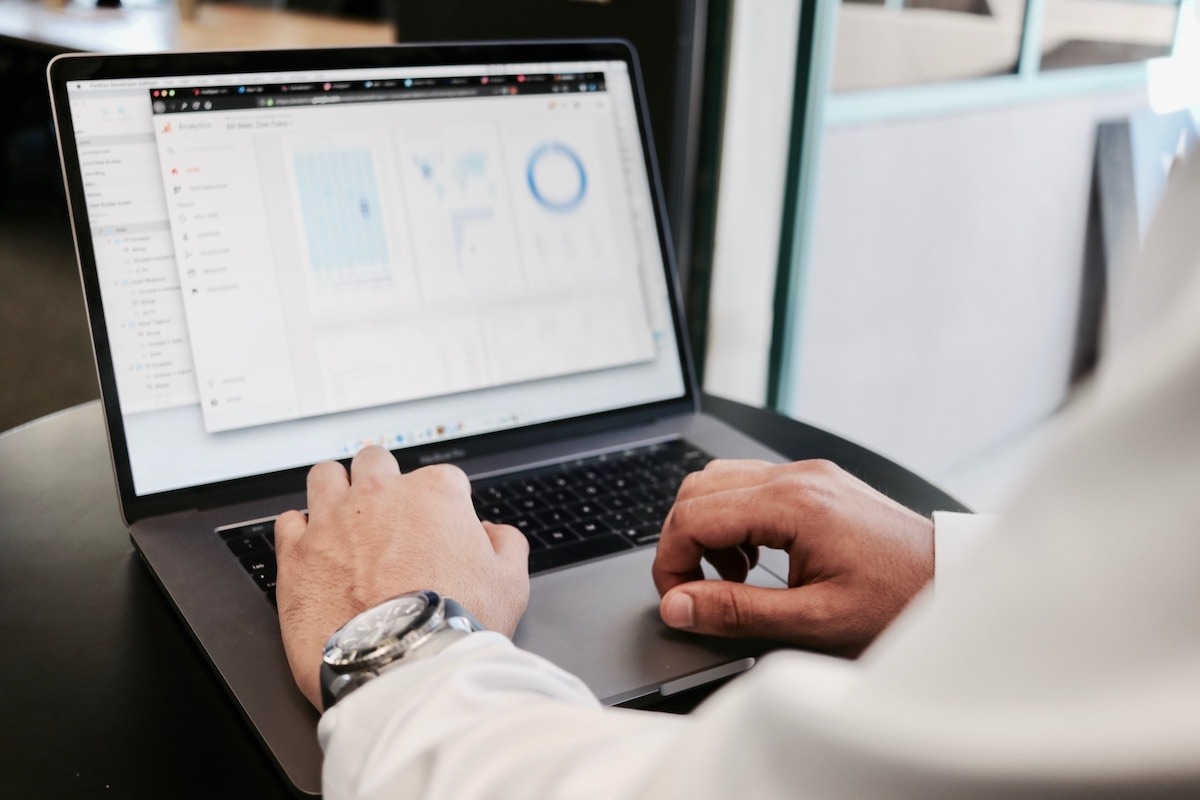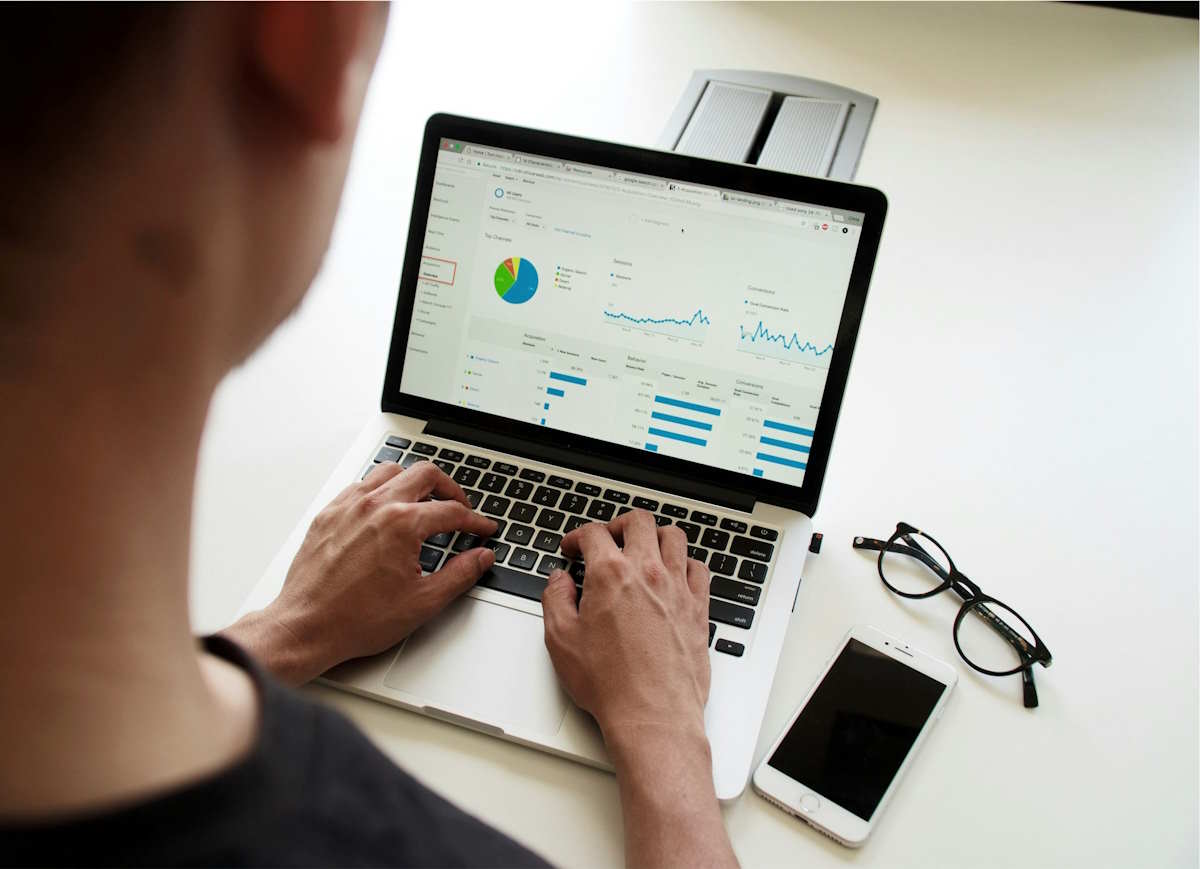Admin dashboards are central hubs where you see all business operations. The question is how to design one that’s both functional and pleasant to use. Let’s break down the admin dashboard design principles, why design matters, and the must-have features.

What Is an Admin Dashboard?
A dashboard typically allows you to review data gathered from different sources quickly. An admin dashboard, in turn, is specifically designed for administrators and managers. With its help, they control, monitor, and optimize the system. For instance, an e-commerce site might use an admin dashboard to monitor website traffic, sales, and inventory levels simultaneously.
Admin Dashboard Design: Why Does It Matter?
Design is crucial. And that’s no exaggeration. A well-crafted admin panels design can
- save time,
- reduce errors,
- improve decision-making.
In a way, it can be compared to having a clean workspace. You can find everything you need without the hassle.
6 Must-Haves of Good Admin Dashboards
Of course, what you need or don’t need in your dashboard depends on your business, goals, and so on. But if you take good admin dashboard examples, you’ll see they have shared features.
- User Management
This lets you track user activity and manage permissions. Incorporate features like user profiles, access control, and activity logs to streamline it all.
- System Performance Monitoring
It’s useful to monitor CPU usage, memory consumption, and network traffic in real time. Integrate tools with real-time alerts and historical performance data.
- Operational KPIs
These display key performance indicators relevant to your operations. KPIs can be customized to allow different departments to focus on their goals.
- Notifications and Alerts
Set up automated alerts for critical issues. If your website traffic drops, an alert can prompt an immediate investigation.
- Data Visualization
Use charts, graphs, and tables to present data clearly. For instance, a line graph showing monthly sales trends can quickly highlight peak periods.
- Customizable Interface
Different roles need different data. That’s why users must be able to tailor their dashboard view.
How to Design a Great Admin Dashboard
Besides the must-have features, there are basic admin panel UI principles that should be always kept in mind:
- Keep it simple (concentrate on key metrics like sales figures or KPIs);
- Use clear descriptive titles;
- Choose appropriate visuals that help users intuitively understand the data;
- Use grouping that helps users find what they need faster;
- Refresh data regularly with the help of automation;
- Ensure mobile compatibility;
- Use a consistent color scheme.

Final Thoughts
In the long run, an effective admin dashboard requires balancing functionality and usability. The goal is to make data clear, accessible, and actionable. Just try to keep it simple, stay organized, and make sure it works for your users.
FAQs
1. How can an admin dashboard enhance security management?
By tracking user activities, managing permissions, and sending alerts for suspicious behavior.
2. What are the benefits of integrating an admin dashboard with other business systems?
By integrating it with CRM or ERP, you reduce manual data entry and improve data accuracy.
3. How can admin dashboards support data-driven decision-making?
Absolutely. They help identify trends and forecast performance.